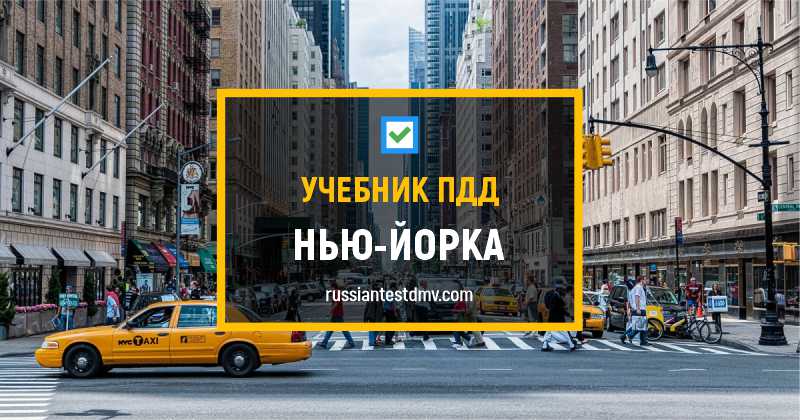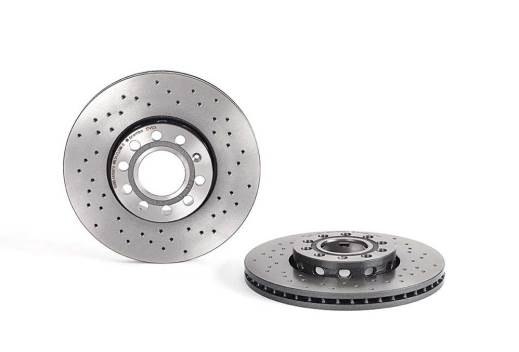
What are the NYC car sharing policies?
Content
New York is one of the most densely populated areas in the world, so it's no surprise that there can be a large number of cars on the state's major highways. Every day, tens of thousands of New Yorkers rely on state highways to get to and from work, and often get stuck in traffic. However, many of these drivers can use the state's many lanes, helping drivers save time and money on their commute.
Car pool lanes are freeway lanes specifically reserved for vehicles with multiple passengers; cars with one passenger cannot drive in these lanes. Since there are fewer road trains on the road than single-passenger cars, fleet lanes can almost always maintain high speeds on the freeway, even when public access lanes are stuck in bumper-to-bumper rush hour traffic. This acts as a reward for those who choose to share a ride on their way to work, and also encourages other drivers to do the same. The more people are encouraged to car-share, the fewer cars there are on the roads, which means less traffic for everyone, less carbon emissions, and less damage to New York's freeways (resulting in lower road repair costs for taxpayers). All of these combine to make the car pool lanes home to some of the most important traffic rules in the state.
As with all traffic laws, you must always follow the rules of the road. Failure to do so can be unsafe and also result in a hefty fine. Traffic rules vary from state to state, but in New York they are very simple.
Where are the car parking lanes?
There are currently four lanes in New York: on the Manhattan Bridge, the Queensboro Bridge, the Brooklyn-Battery Tunnel, and the Long Island Expressway. Car pool lanes are always the leftmost lanes on the freeway, directly next to the barrier or oncoming traffic. The car pool lanes always run next to the public access lanes and sometimes you can exit the freeway directly from the car pool lanes and other times you will have to change into the right lane to get off the freeway.
Car parking lanes are marked with signs directly next to or above the lanes. Signs will indicate that this is a car park or high capacity car lane, or may simply be a diamond pattern. This diamond will also be drawn directly on the car park lane.
What are the basic rules of the road?
The rules for using the car pool depend on which lane you are in. Some New York road pools require a minimum of two passengers (including the driver) per vehicle, while other lanes require a minimum of three. While car sharing lanes have been implemented to encourage car sharing between colleagues, there are no restrictions on who can be your second or third passenger. Even if you are traveling with your children, you still have the right to use the parking lane.
In New York City, parking lanes are open only during the morning rush hours and only in the direction in which the bulk of the traffic is moving. Specific hours vary depending on which lane you're in, so always be sure to check the car park lane signs, which will let you know the hours of operation and the minimum number of passengers required. When the car park lane is closed, it is accessible to all vehicles.
What vehicles are allowed in the car park lanes?
In addition to cars that meet the minimum number of passengers, there are several other vehicles that can legally drive in car pool lanes. Motorcycles are allowed in lanes even with one passenger because they are small and can easily move at high speeds, which means that they do not create congestion in the car park lanes. Motorcycles are also much safer when driving at high speeds on the freeway than when driving bumper to bumper.
As part of the green initiative, New York City is also allowing drivers of alternative fuel vehicles to drive in the fleet lane with even one passenger. In order to drive in the fleet lanes with an alternative fuel vehicle, you first need to obtain a Clean Pass, which you can do for free on the NYC Department of Motor Vehicles website. A list of vehicles covered by the Clean Pass can be found on the New York City Department of Transportation website.
There are a few vehicles that are not allowed in the car park lane, no matter how many passengers they have. Because the car park lane operates like a freeway express lane, only vehicles that can safely and legally maintain a high speed on the freeway are allowed. Vehicles such as SUVs, motorcycles with trailers, and trucks with large items in tow cannot drive in the car pool lane.
Emergency vehicles and city buses are exempt from all traffic regulations.
What are the lane violation penalties?
The violation for driving in a car park lane without a minimum number of passengers varies depending on the lane and traffic volume. The standard lane violation ticket costs $135, but can be higher, especially for repeat offenders. A lane violation will also result in one to three points added to your license.
Any driver who attempts to deceive police officers by placing a dummy, dummy, or cut-out figure as a second or third passenger will be fined a larger fine and potentially face jail or loss of licence.
Using a car pool lane can be a great way to save time and money while avoiding traffic problems. Make sure you always follow the rules and you can immediately take advantage of New York City's many fleet regulations.
